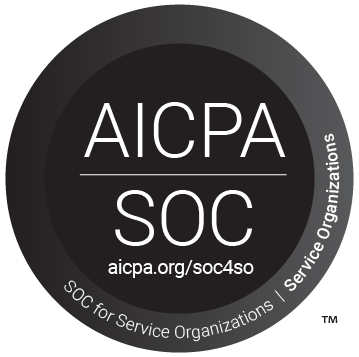Amplifying more voices across your organization with remote recording

As hybrid work becomes the norm for knowledge workers, some employees are at risk of being ignored.
According to a new survey from Future Forum, 58% of knowledge workers from the U.S., Europe, Australia, and Japan now work in hybrid environments. That’s the first time since the start of the pandemic that the majority of workers have reported hybrid work arrangements, indicating the trend is here to stay.
While the survey found that caregivers and employees of color overwhelmingly prefer flexible, remote arrangements, these workers are at greater risk of being overlooked compared to their in-person colleagues. Executives, who are more likely to return to the office according to the survey data, tend to unconsciously favor other in-person workers — a phenomenon known as proximity bias. As a result, not only are remote workers’ voices often lost in the shuffle, they’re also less likely to be recognized and rewarded for their work via promotions, raises, and other merit increases.
But HR and internal communications leaders can help these workers’ voices be heard. Remote recording video technology enables employees to securely record and share video content to a centralized, cloud-based library from anywhere, using the devices they already have on hand. These videos can then be shared across the organization, ensuring underrepresented workers remain visible.
Crowdsourcing employee video content
By sharing user-generated video content from your employee base, your organization can amplify the voices of various groups. The intuitive Socialive platform enables any employee — regardless of video experience — to remotely record up to 4K video from a computer, smartphone, tablet, or professional camera. Our start/stop feature allows users to start and stop recordings directly from their devices, ultimately saving storage space and improving upload times.
Additionally, asynchronous videos can keep dispersed teams close while still providing the level of flexibility desired by working parents and employees of color. To ensure enterprise security, videos are never stored on the device itself. Rather, each remote recording is automatically transferred to your organization’s recordings library, where it can be centrally accessed by your team.
Consider leveraging a mix of live and on-demand video to keep employees connected and engaged both in real time and on their own time. You can even intersperse recorded videos with live broadcasts. For example, during a hybrid town hall meeting, you could build scenes with pre-recorded messages from remote employees to play in between announcements from in-person leaders, which are in turn broadcasted to remote employees.
5 remote recording ideas to get you started
As we found in our 2021 State of Enterprise Video report, video use cases among HR and internal comms are only growing. Some of our favorites to empower more voices throughout the enterprise include:
- Develop comprehensive onboarding experiences. Even if you have talent who can come into the office for their onboarding, you should strive to create consistent experiences for all employees. That means developing virtual onboarding programming intended to train all new hires — regardless of location. Be sure to feature videos of remote-only employees as well as those who are unable or do not wish to come into the office on a regular basis so all new talent hears from these voices.
- Share employee stories. One of the best ways to elevate employee voices throughout your company is to simply share their stories. Encourage employees to record videos talking about their roles, career journeys, and hobbies outside of work. These videos can then be shared and consumed asynchronously by the broader organization. You can also incorporate employee stories into your onboarding process by asking all new hires to record a short video. Additionally, you could host live virtual events featuring the voices of workers who often don’t get facetime with senior leadership, like interns. Salesforce, for example, uses Socialive to explore the future of work in a LinkedIn Live series led by their interns.
- Foster an inclusive community. By leveraging video content to disseminate thought leadership around inclusivity, you can create a stronger sense of belonging and community in your organization. For instance, Boston Consulting Group used Socialive to host a LinkedIn Live conversation about allyship between their CEO and their North American Leader of Women@BCG.
- Provide peer resources. Focus on broadening your L&D and training programs to include more faces from your employee base. In addition to sharing a static employee handbook, include video components where employees talk about why certain company values are important to them. And now that it’s more challenging to educate colleagues in person, record training sessions that can be easily shared among peers.
- Host truly hybrid town halls. Too often, hybrid town halls end up providing a better experience to in-person attendees, whereas virtual attendees are essentially an afterthought. As outlined above, you can use Socialive to build scenes that include live or recorded videos from employees who aren’t physically present in the office. You can even integrate an audience engagement tool with your broadcast that allows virtual attendees to participate in live Q&As, polls, and more.
Hybrid work is here to stay. And it’s up to PeopleOps leaders to create an environment where employees feel heard and valued — whether they’re in the office or working remotely. Easy-to-use remote recording platforms like Socialive can help empower diverse voices across your organization, mitigating proximity bias and improving parity among your workforce.


